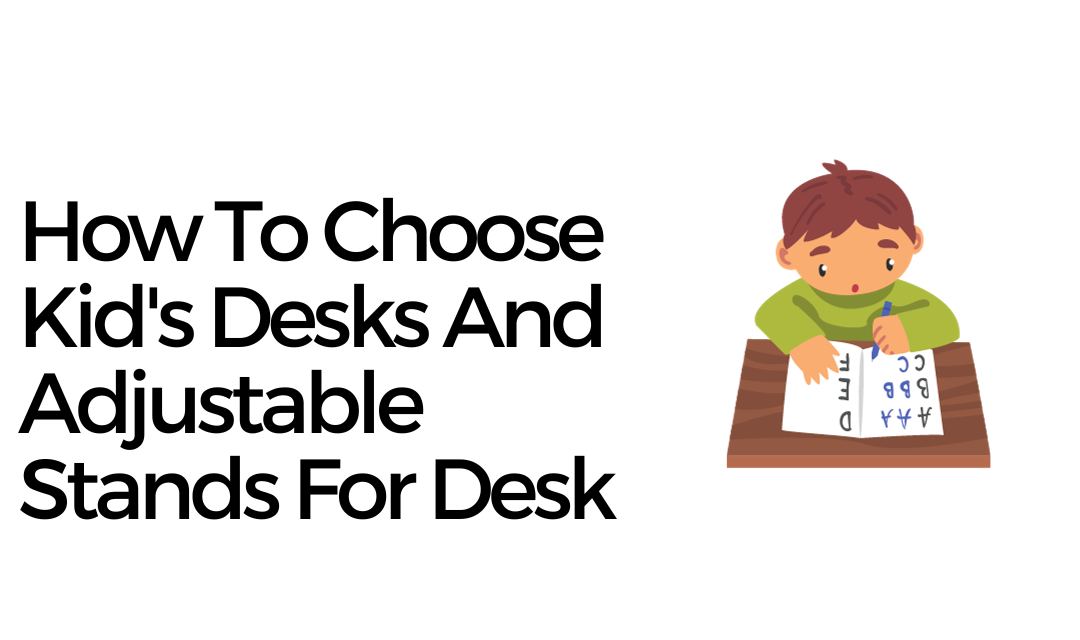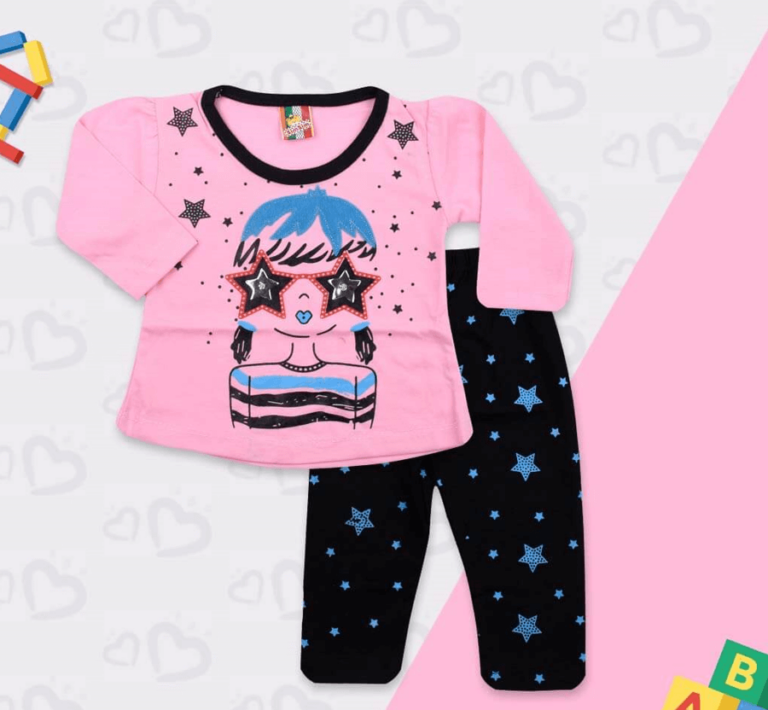How To Choose Kid’s Desks And Adjustable Stands For Desk

As a parent, you definitely want to create a conducive study environment for your kids at home. Whether they want to do homework, draw paintings, or play games, they will require a desk and chair with the features they need according to their age and size. But how do you choose the best Children Desk Canada for your kids? And what about adjustable stands for desks that can help them change their posture and avoid strain?
Today, we’ll walk you through all these questions of choosing the perfect kid’s desk and an adjustable stand for the desk to ensure a comfortable and productive workspace.
Desk Types and Styles:
- Traditional Desks: These are stationary desks with a fixed height. They come in various materials, including wood, metal, and composite. Traditional desks are suitable for tasks that don’t require frequent height adjustments.
- Sit-Stand Desks: Sit-stand desks, also commonly known as height-adjustable desks, allow kids to switch between sitting and standing positions while doing homework or playing. In Canada, They are available in two primary kinds:
- Manual Sit-Stand Desks: These desks are adjusted manually by using a hand crank or a pneumatic lift. They are usually more affordable but require some effort to change the height.
- Electric Sit-Stand Desks: These desks have electric motors that raise or lower the desk with the push of a button. They are more convenient and offer preset height options.
- Desktop Converters: If you have a desk that is traditional but prefers standing, then you should look into a desktop converter. They are placed on top of the existing desk and are able to be moved up or lower in order to make a standing desk. They’re cost-effective to integrate standing into your kids’ daily routine.
- Mobile Standing Desks: Mobile standing desk Canada have wheels, making them easy to move around your workspace. They are useful if you need to change your work location frequently or if you have a small workspace.
- Gaming Desks: Gaming desks are designed with gamers in mind and often feature ergonomic designs, cable management systems, and RGB lighting. Some gaming desks also offer height adjustment options.
What To Consider When Buying Kids’ Desks
1. Consider the Child’s Age and Size
The first step in selecting the right desk for your child is considering their age and size. A desk that’s too big or too small can lead to discomfort and poor posture, which can, in turn, affect your child’s focus and productivity.
- For younger children (ages 3-7), look for small, child-sized desks that are low to the ground. These desks should have rounded edges to ensure safety and be made of sturdy materials that can withstand active play. Ensure the desk’s height is just right for your child to comfortably reach the surface without straining.
- Older children (ages 8-12) may require a slightly larger desk with more workspace to accommodate books, a computer, and other study materials. The desk should be at a height that allows your child to sit with their feet flat on the ground and their arms at a 90-degree angle when writing or typing.
- For teenagers (ages 13 and up), consider a full-sized desk that can accommodate a computer, study materials, and other essentials. The desk should be adjustable to cater to your child’s growing height and changing needs.
2. Ergonomics Matter
When choosing a kid’s desk and adjustable stand, keep these ergonomic principles in mind:
- Desk Height: The desk should be adjustable in height to ensure that your child’s arms can rest comfortably on the surface while maintaining a 90-degree angle at the elbows. This promotes good posture and reduces the risk of developing musculoskeletal issues.
- Chair Compatibility: Ensure that the desk is compatible with an ergonomic chair. The chair should provide proper lumbar support and be height-adjustable to match the desk’s height.
- Monitor Placement: If your child will be using a computer, the monitor should be at eye level to prevent straining the neck. Consider a monitor stand or an adjustable desk with a built-in monitor shelf.
3. Storage Space
An organized study space is essential for productivity. Look for a kid’s desk that offers adequate storage options. Shelves, drawers, or cubbies can help your child keep their study materials organized and within reach. This will minimize distractions and save time searching for supplies.
4. Durability and Quality
Children can be tough on furniture.Therefore, it’s a good idea to buy a desk that can withstand their daily activities. Look for desks made from high-quality, durable materials such as solid wood or sturdy MDF (medium-density fiberboard).
5. Adjustable Stand for Desk
In addition to a suitable desk, an adjustable stand can be a valuable addition to your child’s workspace. These stands can be used to raise the desk to a standing height, offering a change of posture during long study sessions. Here are some factors to consider when choosing an adjustable stand for your child’s desk:
- Compatibility: Ensure that the stand is compatible with the desk you’ve chosen. Look for stands that can be easily attached and detached from the desk.
- Height Range: Choose an adjustable stand that offers a wide range of height settings to accommodate your child’s growth and changing needs.
- Stability: The stand should be stable and secure, even when the desk is raised to a standing position. Look for stands with sturdy construction and anti-slip features.
- Ease of Use: Select a stand that is easy for your child to adjust. It should not require too much effort or adult assistance to raise or lower.
6. Aesthetics and Personalization
Let your child have a say in the design and aesthetics of their desk and stand. Choosing a desk and stand in a color or style that they like can make them more excited about using their workspace. Personalizing the desk with accessories like desk organizers or bulletin boards can also make the space feel uniquely theirs.
Wrap up!
To choose the right kid’s desk and adjustable stand for the desk is a thoughtful investment in your child’s education and well-being. By considering your child’s age and size, prioritizing ergonomics, ensuring durability, and personalizing the workspace, you can create a study area that encourages focus, productivity, and comfort.




